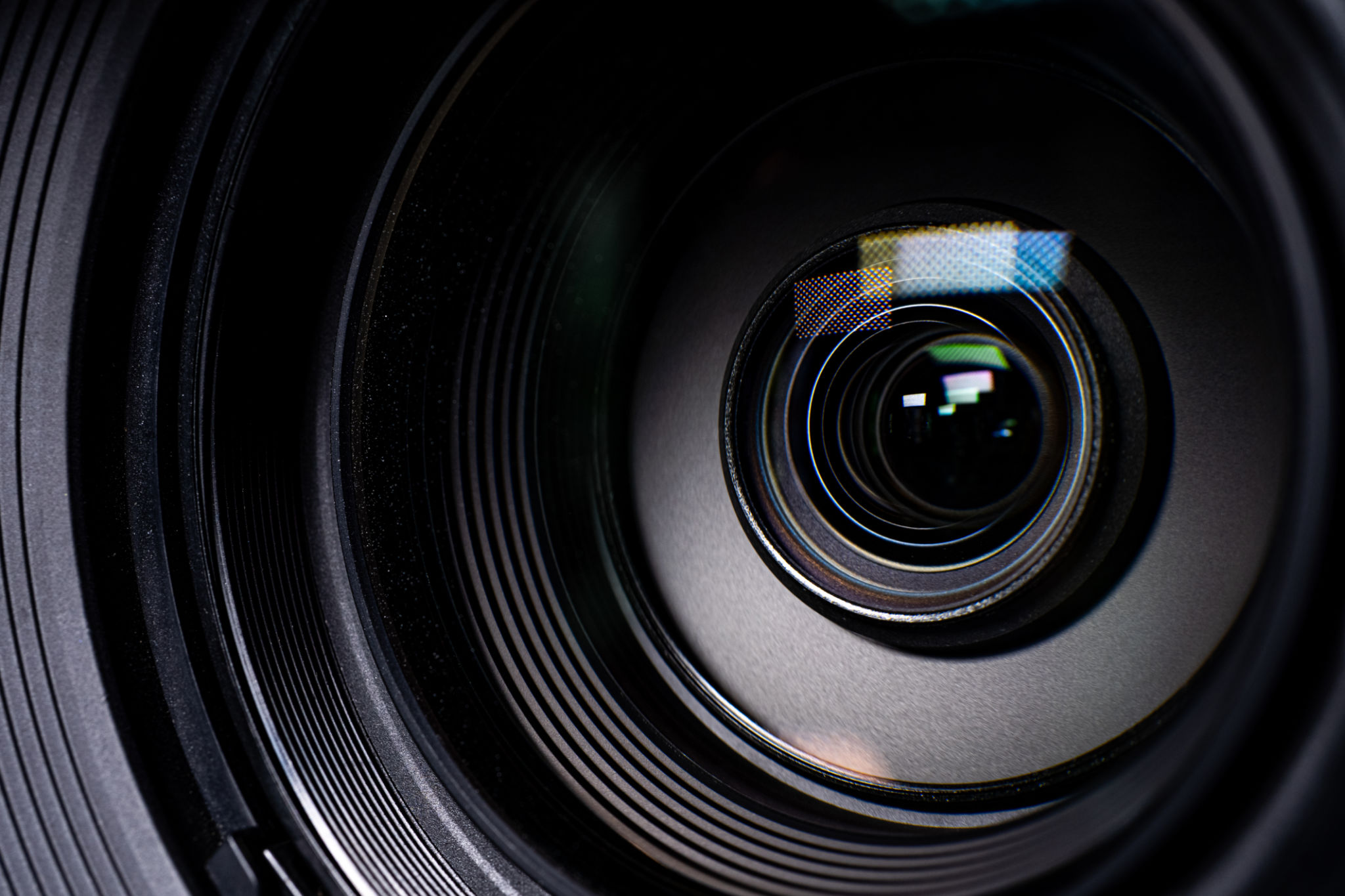Common Photography Myths Debunked: What Every Photographer Should Know
Myth 1: The More Expensive the Camera, the Better the Photos
One of the most pervasive myths in photography is that an expensive camera automatically leads to stunning photographs. While high-end cameras offer advanced features and improved image quality, they are not a substitute for creativity and skill. A skilled photographer can capture breathtaking images with even the most basic equipment. The key lies in understanding composition, lighting, and timing.

Understanding Composition and Lighting
Good composition and proper use of lighting can elevate your photos regardless of the camera's price tag. Learning the rule of thirds, leading lines, and how to manipulate natural and artificial light will have a far greater impact on your photography than simply buying a new piece of equipment. Remember, it's not the gear that makes a great photo but the person behind it.
Myth 2: You Must Shoot in Manual Mode to Be a Real Photographer
Another common myth is that professional photographers only use manual mode. While manual mode offers complete control over settings like shutter speed, aperture, and ISO, it’s not always necessary or practical. Many professionals use aperture priority or shutter priority modes to ensure they capture the moment without having to adjust multiple settings on the fly.
When to Use Manual Mode
Manual mode is beneficial in situations where lighting conditions are challenging or when precise exposure is crucial. However, for everyday photography or fast-paced environments, relying on semi-automatic modes can help you react quickly and still achieve excellent results. The goal is to understand your camera's capabilities and choose the best mode for each scenario.

Myth 3: Post-Processing is Cheating
Some purists argue that editing photos digitally is akin to cheating. However, post-processing has been an essential part of photography since its inception. In the film days, photographers used darkroom techniques to adjust exposure, contrast, and color balance. Today’s digital tools allow us to do the same with greater precision.
The Role of Post-Processing
Post-processing should be viewed as an extension of your artistic vision rather than a shortcut to create good photos. It enables photographers to enhance their images, correct any mistakes made during shooting, and experiment with different styles. While it's possible to over-edit, when used wisely, editing can significantly improve your work and help you express your unique perspective.

Myth 4: Natural Light is Always Best
Natural light can indeed produce beautiful images, but it’s not always the best option for every situation. Overcast days can create flat lighting, while midday sun can be too harsh and cause unwanted shadows. In such cases, using artificial light sources like flash or continuous lighting can help you achieve the desired effect.
Balancing Natural and Artificial Light
The key is learning how to balance natural and artificial light effectively. This skill allows photographers to shoot in various conditions without compromising on quality. Experimenting with different lighting setups will expand your creative possibilities and give you more control over the final image.
Myth 5: You Need to Photograph Everything
Many photographers feel pressured to capture every possible moment or subject, fearing they might miss something important. However, focusing on quantity over quality can lead to burnout and uninspired work. Instead, concentrate on subjects that genuinely interest you and push you creatively.
Finding Your Niche
Developing a niche or specialization will help you hone your skills and stand out in a crowded field. Whether it's portraiture, landscapes, street photography, or any other genre, immersing yourself in a specific area allows you to develop a unique style and voice that resonates with your audience.

